.avif)
Impulse Space: Powering the Space Economy
Propulsion systems from Impulse Space deliver fast orbit mobility, cutting transfer times and enabling next-generation orbital operations beyond Earth.
.avif)
Propulsion systems from Impulse Space deliver fast orbit mobility, cutting transfer times and enabling next-generation orbital operations beyond Earth.
TL;DR: Impulse Space is transforming space logistics with breakthrough propulsion systems and a veteran team to enable fast, flexible orbital operations.
Main points:
Accessing Low Earth Orbit (LEO) has never been easier. Reusable launch systems, led by SpaceX’s Falcon 9, have dramatically lowered costs and increased launch cadence. But beyond LEO, space remains slow, costly, and underserved.
Delivering satellites to higher-energy destinations requires significantly more delta-v. Delta V is the change in velocity needed to reach more distant or demanding orbital regimes. Higher energy destinations include:
Reaching GEO typically involves first inserting a satellite into a Geostationary Transfer Orbit (GTO). This orbit is elliptical and extends nearly 36,000 kilometers at its highest point. The satellite then uses orbital propulsion to circularize at GEO.
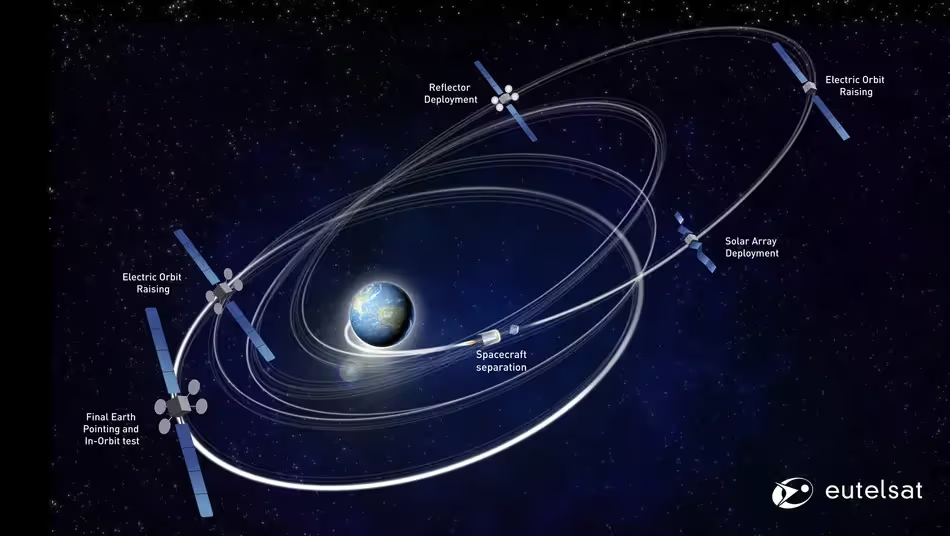
Electric propulsion systems, today’s dominant solution for orbit-raising. It can take up to nine months for satellites to fully circularize into GEO. Electric propulsion is very efficient but produces low thrust.
This slows missions, delays service, ties up satellites, and increases operational risks. A satellite stuck in transfer can delay tens of millions of dollars in revenue.
When several satellites face delays, losses can reach hundreds of millions. This also leads to missed contracts and unused capacity.
Recent examples show how long orbit-raising can take. SES-15 took over six months to reach operational orbit. Inmarsat's I-6 F1 satellite, which began electric orbit-raising to GEO in December 2021 and took over seven months.
These delays create major costs for both commercial operators and national programs. This is becoming even more acute as demand for GEO capacity accelerates.
Satellite operators face growing demand for bandwidth, Earth observation, and secure communications. They launch new satellites to meet this demand. They also replace older satellites, many launched over ten years ago and now close to end-of-life. Rapid growth of broader commercial space economy adds greater pressure on GEO systems, as new applications emerge:
The constraints are deeply structural:
However, it is not just the launch of new satellites that is impacted. Refueling, repairing, or upgrading satellites could extend their service life. But major barriers still block these options. Although servicing could theoretically extend the operational lifespan of aging satellites, it has remained rare and prohibitively expensive.
Early commercial tests proved satellite servicing is possible.
But these missions remain complex and risky. They make economic sense only for a few high-value satellites. Recent efforts aim to cut the cost and complexity of satellite servicing. Much of this work targets small satellite maneuvering and life extension in LEO.
Next-generation servicing vehicles are now in development. They will inspect, reposition, and dock with satellites at far lower cost than older methods. Companies also plan to expand these services to GEO satellites. However, even as technical progress continues, the fundamental challenge of in-orbit logistics remains.
Reaching GEO and higher orbits takes a lot of energy, time, and money. These demands put heavy strain on mission budgets and slow broader adoption. Without faster, more flexible in-space mobility solutions, these challenges will only intensify.
Throughout history, the expansion of economies has been inseparable from advances in transportation and logistics. Trade routes enabled the rise of ancient civilizations:
New frontiers only opened when transport systems could move goods, people, and services reliably and at scale. Space is no different.
Moving between orbits is central to the orbital economy. It supports satellite launches, spacecraft repairs, and future space outposts. Addressing this need requires more than incremental improvements to legacy architectures.
It demands a new model for in-space transportation. That’s one built for speed, flexibility, and operational efficiency across Earth orbits and beyond.
Impulse Space was founded to solve the space mobility challenge. It builds an in-space logistics layer for the orbital economy. It speeds up commercial, civil, and defense missions.

What makes Impulse Space distinct is not just the scale of its ambition, but the depth of experience embedded in its founding team. At the center is Tom Mueller, one of the most accomplished propulsion engineers in the world and a founding team member of SpaceX.
As employee #1 at SpaceX and the longtime head of Propulsion, Mueller led the development of the Merlin, Kestrel, Draco, and SuperDraco engines. These engines enabled reusable rockets and changed space launch economics. Over 30 years, Mueller grew into a leading figure in aerospace. He built teams able to work at the edge of space engineering and aerospace propulsion systems.
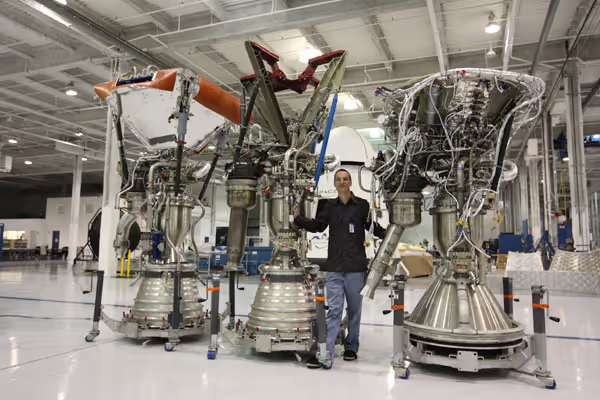
“You know, I like machines. I like high-energy, fast and dangerous. I’ve always liked motorcycles. I like fast cars. Rockets were the most appealing things to me because they are the most high-energy mechanical devices that you can do.” - Tom Mueller (source)
That force is now reflected in Impulse’s DNA. Stepping away after 14 years at SpaceX, Mueller initially planned to retire. Instead, he found himself designing a new thruster in his garage, which would become the Deneb engine. Word quickly spread across the aerospace community, and a new team began to form.
Impulse Space is now based in Redondo Beach, California. Its team includes former SpaceX engineers who helped grow the Falcon and Dragon programs from first flights to full operations. The team keeps the same culture that drove SpaceX’s early success:
But Impulse is not simply replicating the past. Impulse Space is preparing for the Starship era. In this future, orbital mobility, logistics, and infrastructure will form the base of economic activity beyond Earth.
Impulse’s leaders shaped timelines, roadmaps, and deployment strategies at SpaceX. Their experience gives them insight into future bottlenecks and how to solve them.
Their experience helps them predict new demand and design systems for the next wave of complex orbital missions. Eric Romo, now President and Chief Operating Officer, works with Mueller. He started at SpaceX then built companies in energy and virtual reality. He also held leadership roles at Meta’s Reality Labs.
Mueller, Romo, and the Impulse team combine proven experience with bold vision. They helped shape the first wave of private spaceflight and now aim to define the next.
Delivering rapid orbital maneuverability and high-delta-v capability required rethinking propulsion, avionics, and mission systems from the ground up. Impulse Space’s design starts with aerospace propulsion systems first.
The company builds engines, flight software, structures, and avionics in-house. This vertical approach supports fast and high-performance orbital missions. This system centers on two new propulsion designs. Each one solves different challenges for fast and flexible movement beyond LEO.
The Saiph thruster powers the Mira vehicle. It is a storable, non-toxic propulsion system that uses ethane and nitrous oxide. This makes it safer and easier to manage than hypergolic engines. Key features include:
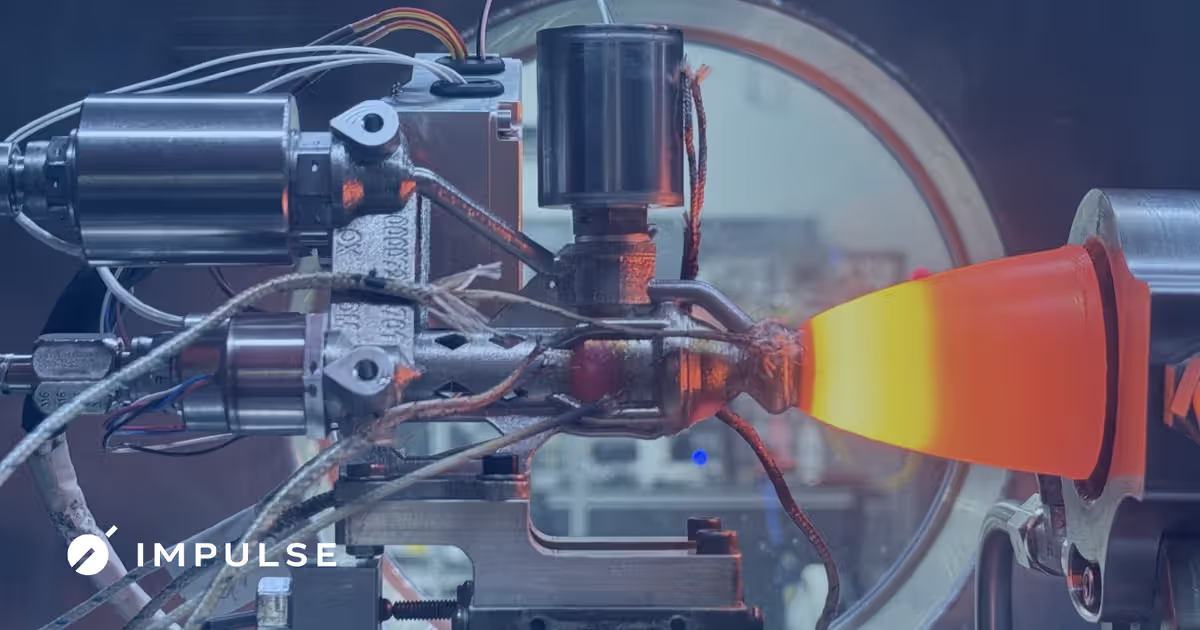
The Deneb engine powers the Helios high-energy kick stage. It uses liquid oxygen (LOX) and liquid methane to produce 15,000 pounds of thrust. This engine supports rapid, high-delta-v transfers to MEO, GEO, and cislunar space.
Key features include:
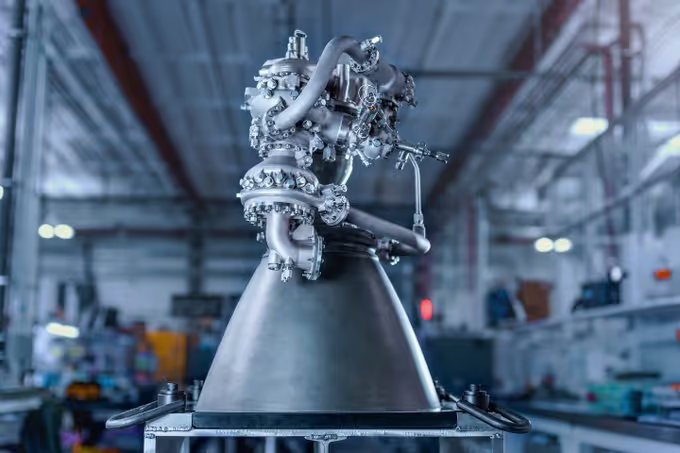
These aerospace propulsion systems form the backbone of a new generation of orbital vehicles designed for the emerging needs of the orbital economy:
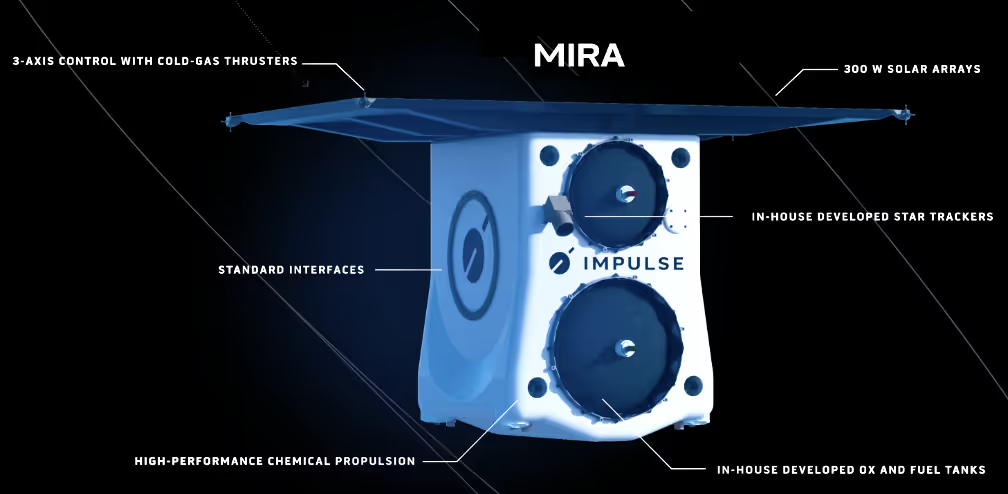
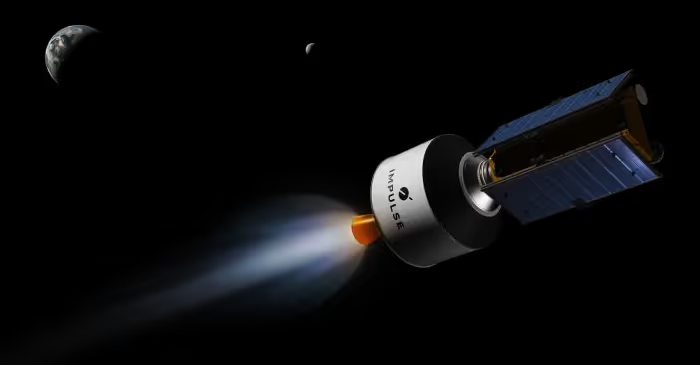
Impulse treats propulsion as the core of orbital infrastructure, not just another subsystem. This shift enables next-generation space mobility and mission design. Their approach builds on the same first-principles thinking that empowered SpaceX. Building propulsion, avionics, structures, and mission software in-house, Impulse creates a platform ready for fast-changing and contested missions in space.
As space activity moves beyond Earth orbit and toward cislunar and deep-space, spacecrafts need mobility infrastructure that can:
Impulse Space’s propulsion-first platform enables same-day orbital delivery. It meets today’s mission needs and prepares for the future space economy. Immediate capabilities enabled by Impulse include:
While Impulse’s immediate focus is on dynamic orbital mobility, its propulsion-first platform architecture points toward broader strategic possibilities. As the orbital economy matures, high-agility vehicles like Mira and Helios could:
In future cislunar infrastructure, maneuverable vehicles will be critical for:
In under three years, Impulse Space has translated its vision into rapid execution. The company has successfully launched two Mira missions, demonstrating responsive maneuvering and autonomous collision avoidance capabilities. Vast selected Impulse to provide propulsion systems for the Haven‑1 commercial space station. This choice shows rising demand for flexible, high-performance mobility in commercial and government missions.
Impulse completed key propulsion system milestones on the Deneb engine, speeding Helios’s path to high‑energy demonstration flights. The first launch is set for mid‑2026. For defense, Impulse secured multiple large-value contracts with the U.S. Space Force’s Space Systems Command and the STRATFI5 initiative. These contracts focus on enabling dynamic, high-delta-v orbital operations.
Its partnership with Anduril Industries, integrates Mira into the Lattice autonomous defense network. This positions Impulse at the forefront of a new model for responsive, contested-space operations.
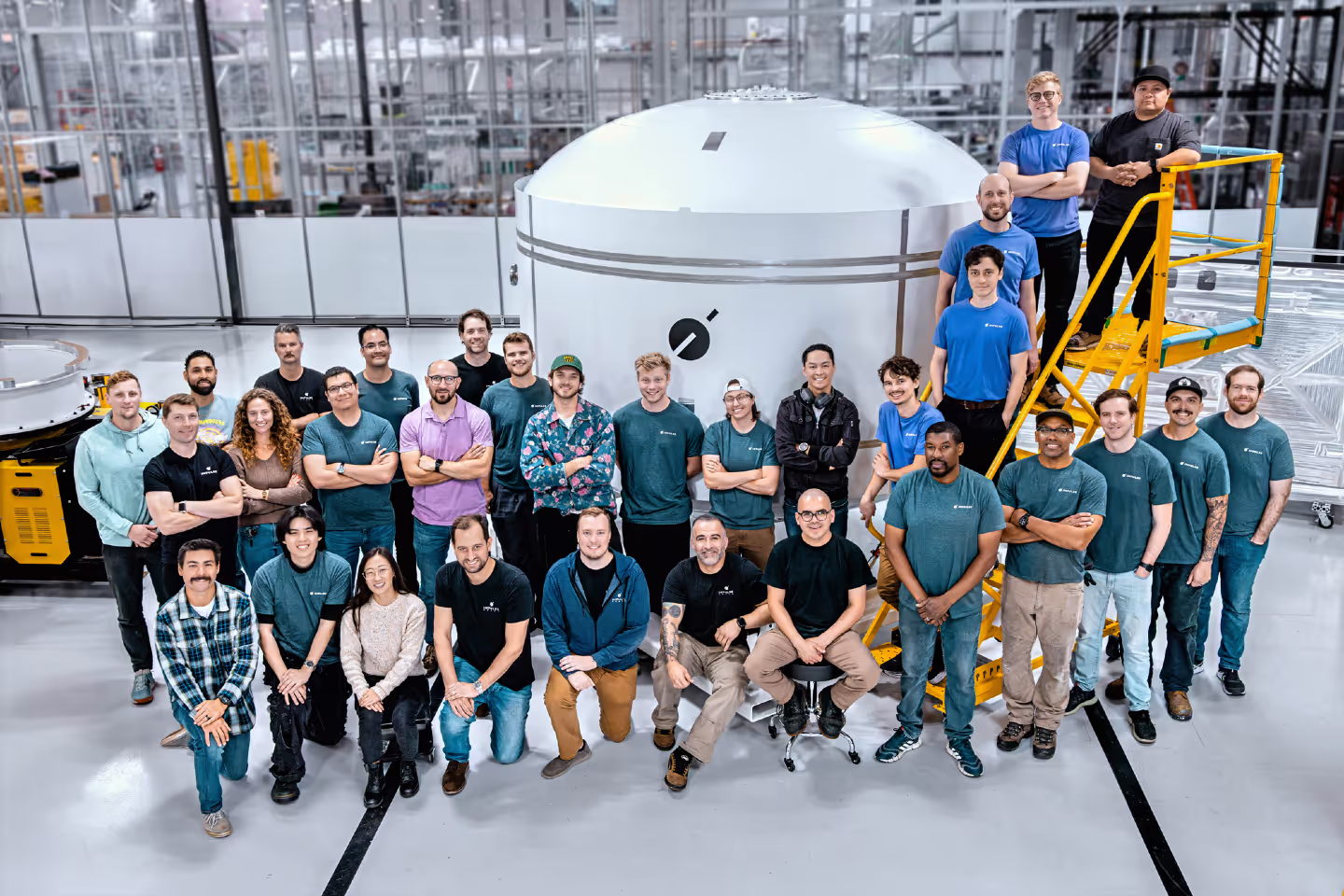
Companies must rethink how they operate in orbit, not just upgrade old systems. Much like SpaceX redefined launch by reimagining access itself, Impulse Space is rebuilding in-space logistics to grow the space economy and prepare for a new era of infrastructure and exploration.